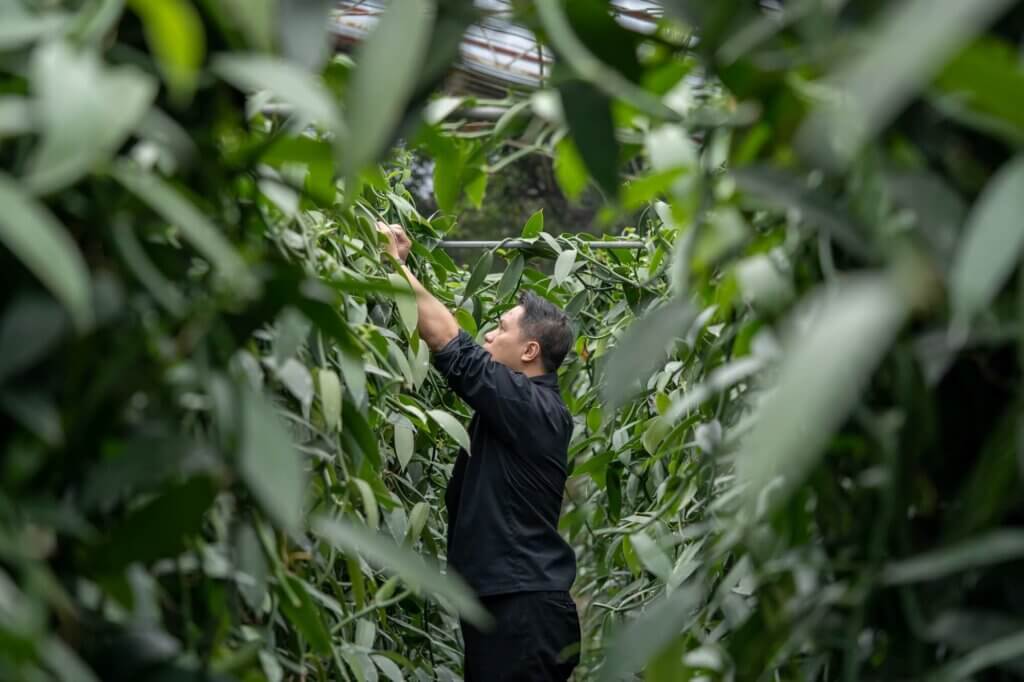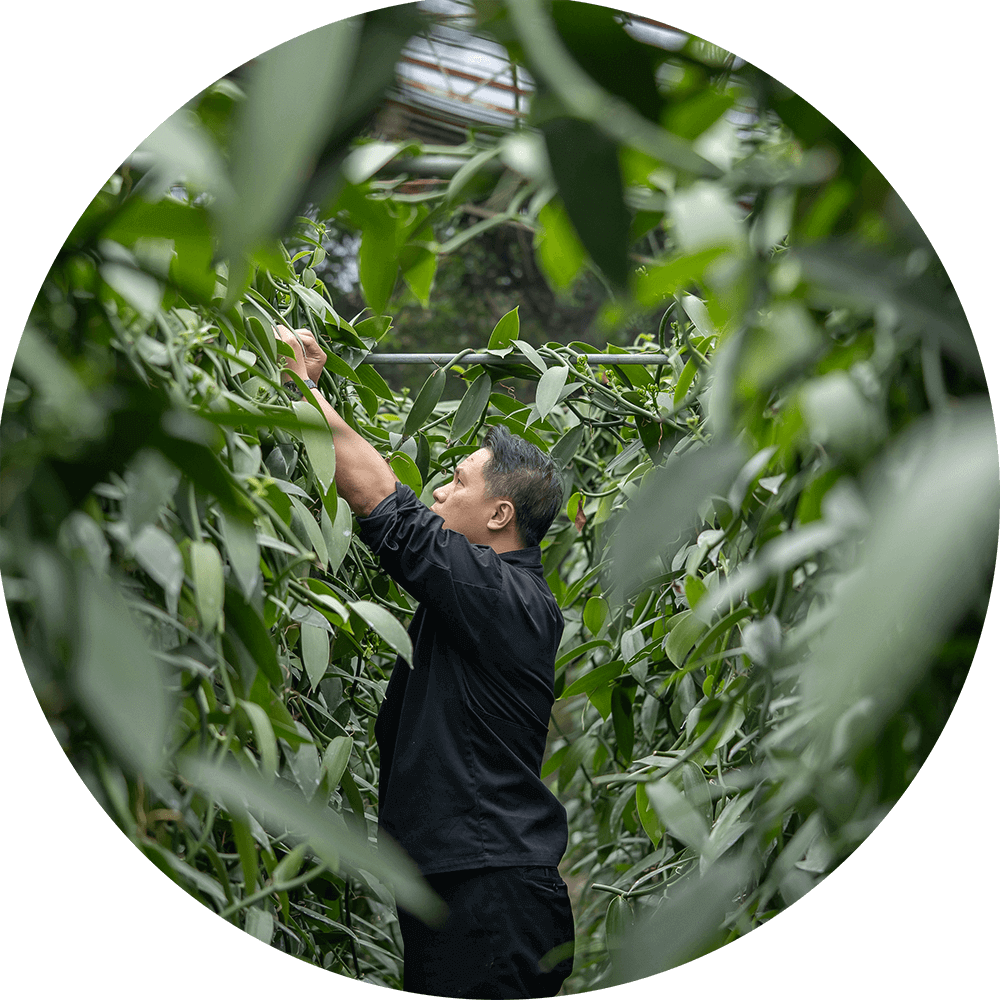What is Vanilla?
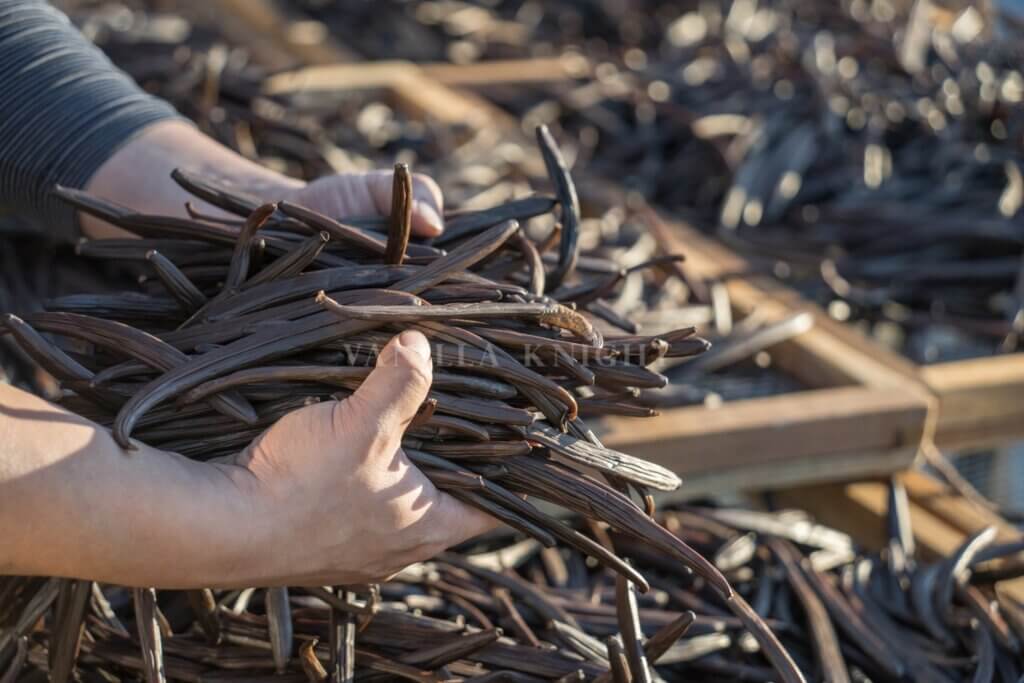
Vanilla is the world's second most expensive spice after saffron and is known as the "Queen of Spices." Its enchanting aroma graces many desserts and beverages in our lives, from a scoop of vanilla ice cream to a warm vanilla latte. This natural spice brings us endless joy! But have you ever wondered that this delightful scent actually comes from an orchid that grows in tropical rainforests?
Let us explore the story of vanilla and see how it transforms from a flower and a single bean into the beloved spice we all know.
The Origins and History of Vanilla
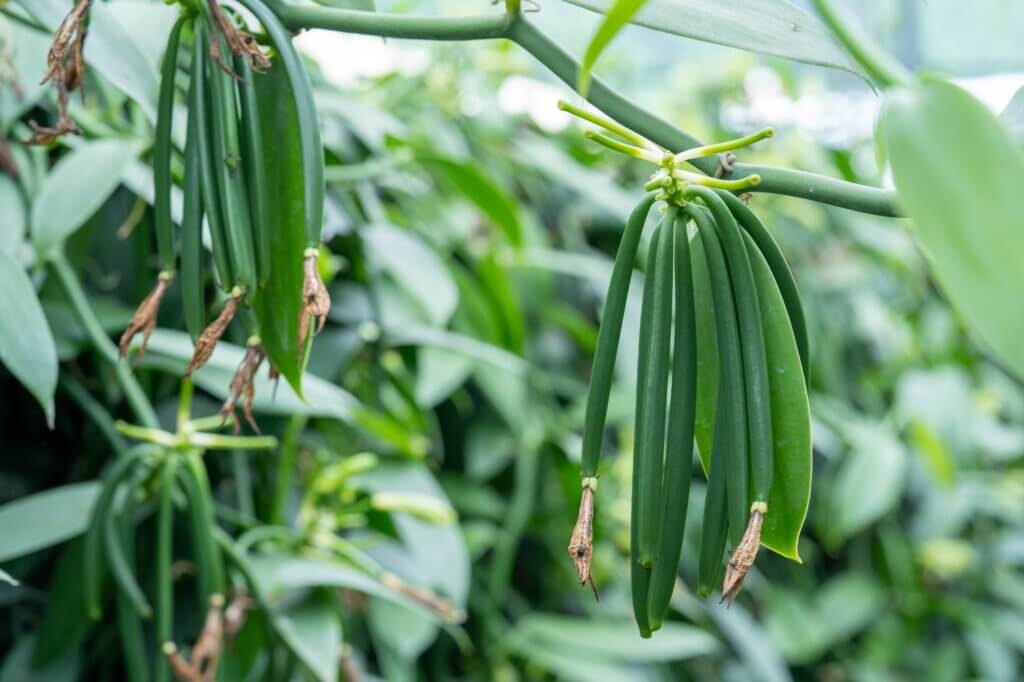
The Geographical Origins of Vanilla
Long ago, vanilla was native only to the tropical rainforests of Mexico. The Totonac people were the first to discover its wonders, calling the orchid-derived bean "tilxochitl" and believing it was a gift from the gods. Later, the Aztecs fell in love with vanilla and combined it with cacao to create a special drink called "xocolatl," which was regarded as a royal delicacy and is the earliest known chocolate beverage!
In the 16th century, the Spanish brought vanilla to Europe, where this exotic spice quickly became a favorite among the nobility. Widely used to flavor desserts and beverages, vanilla became indispensable for European aristocrats. As demand for vanilla grew, its cultivation gradually expanded from Mexico to other parts of the world.
The Historical Uses of Vanilla
阿茲特克皇帝蒙特蘇馬二世據說每天要喝多達50杯「xocolatl」,用香草與可可調製的這種飲品不僅美味,還被認為具有提升活力的作用,在歐洲,香草被用於調製精緻甜點,甚至成為香水中的奢華元素,彰顯上流社會的品味。
Modern Applications of Vanilla
Today, vanilla's applications have long surpassed the realm of food. It is not only the soul of desserts and beverages but is also widely used in perfumes, cosmetics, aromatherapy products, and even for medicinal purposes, making it a ubiquitous natural fragrance in our lives!
Varieties and Characteristics of Vanilla
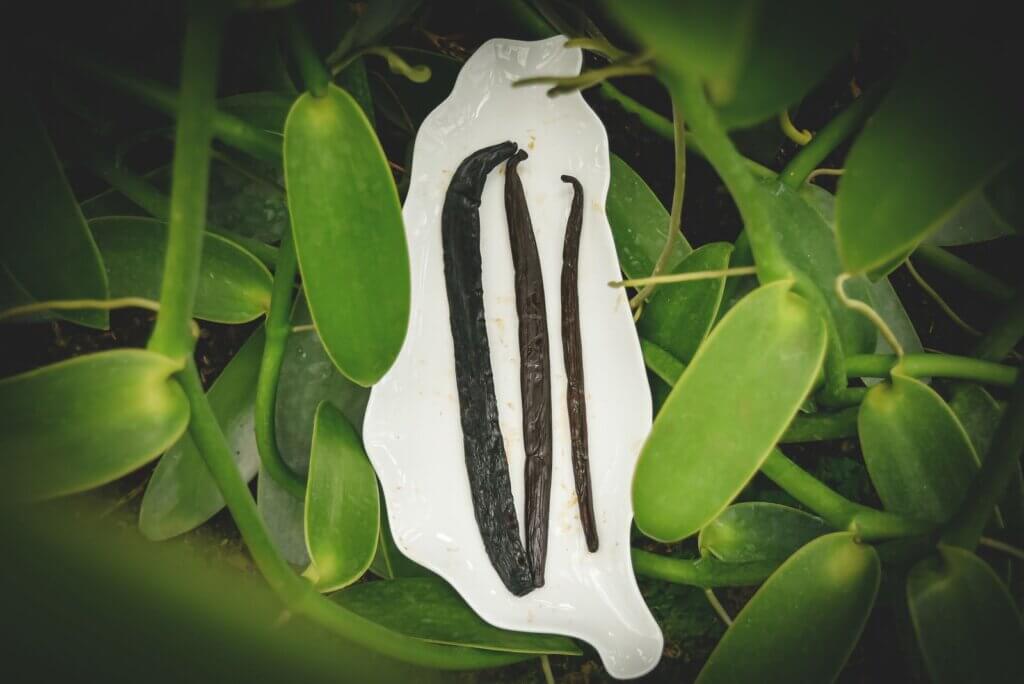
Main Varieties of Vanilla
- Bourbon VanillaOriginating from Madagascar, it has a rich, warm, and creamy aroma, making it the most popular variety.
- Tahitian Vanilla: It has a strong fruity and floral aroma, making it ideal for desserts and perfumes.
- Vanilla Pompona: With a high vanillin content, it features floral and anise-like notes, combining characteristics of Bourbon and Tahitian vanilla.
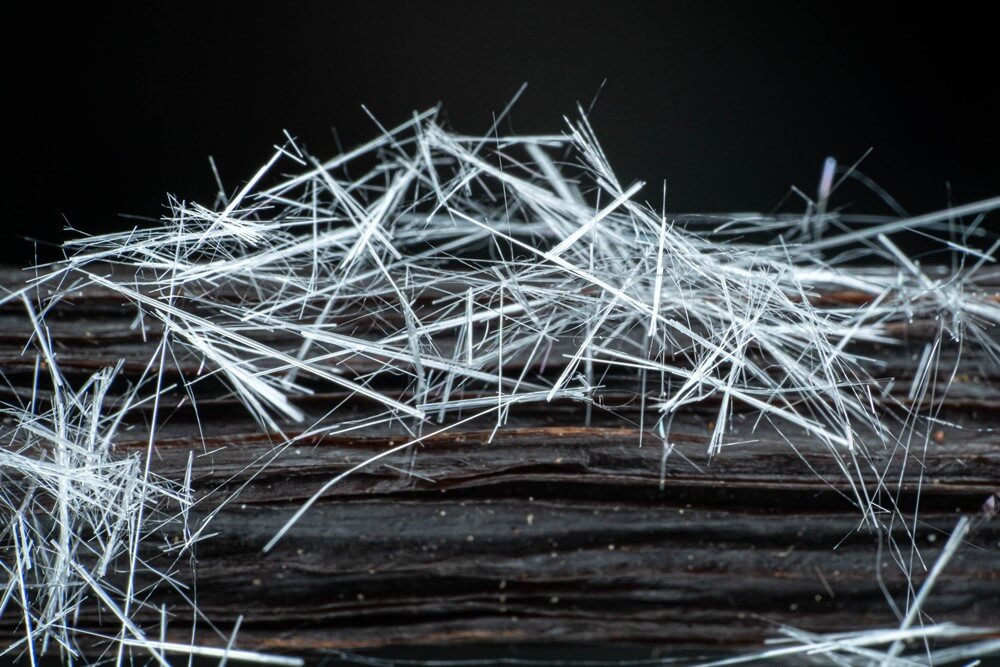
The Key Component of Vanilla – Vanillin
The vanilla flavor comes from a small miracle—vanillin. Vanillin is the essence of vanilla’s fragrance! When we open a bottle of vanilla extract or savor a scoop of vanilla ice cream, the delightful aroma that greets us is all thanks to vanillin.
In the past, vanillin could only be extracted from the pods of natural vanilla beans. As the demand for vanilla grew, scientists discovered a way to replicate the aroma of vanillin through artificial synthesis—and thus synthetic vanillin was born! Synthetic vanillin is derived from lignin or other chemical materials. While its scent closely resembles natural vanillin, it lacks the warmth and subtle complexity of the real thing.
The Cultivation and Processing of Vanilla
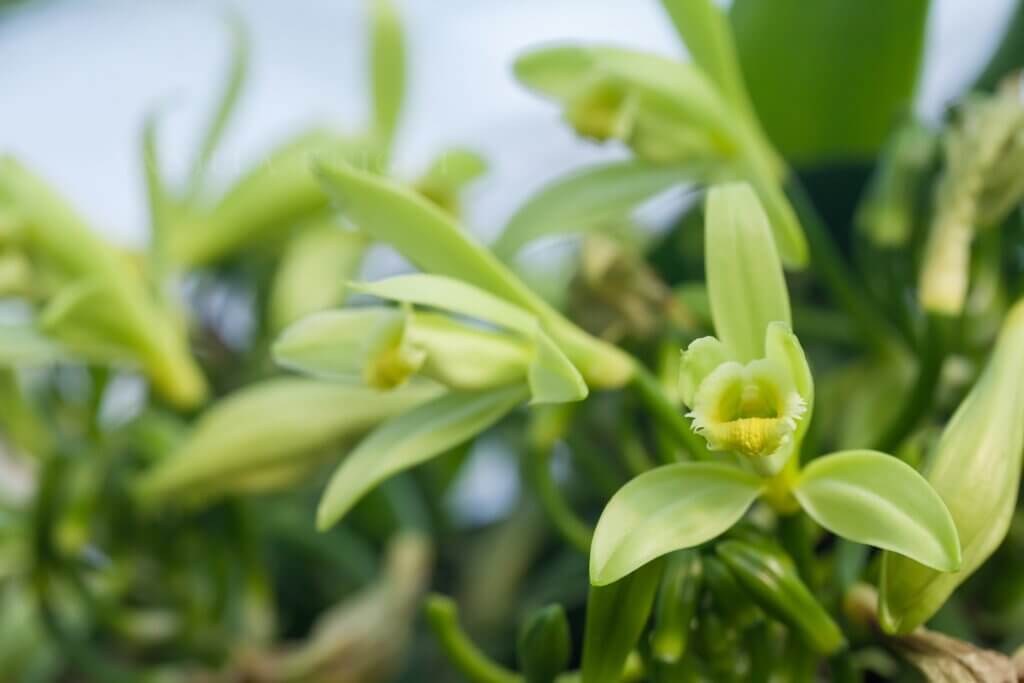
Growing Conditions for Vanilla
Vanilla is not an ordinary plant; it comes from an orchid called "Vanilla Planifolia." This tropical plant thrives in high-temperature, high-humidity environments. Its blooming period is incredibly short—the flowers open at midnight and wither by noon the next day. Each flower only lives for 12 hours and requires hand pollination. This process demands great patience and skill, as each flower must be pollinated individually to ensure the quality of every vanilla bean.
From pollination to the maturity of the vanilla beans, it takes another 8–9 months. Can you imagine? These slender pods gradually change from dark green to a green with a yellowish hue, signifying that they are ready for the next stage—processing.
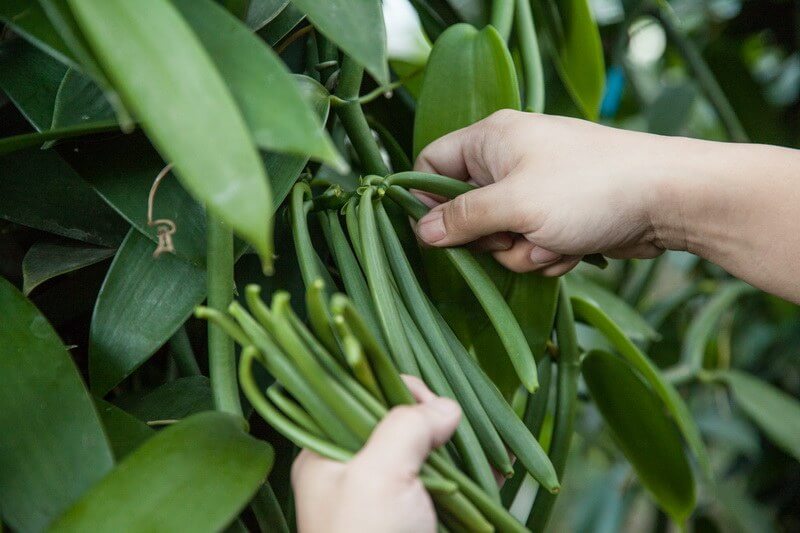
Post-Processing Procedures
After harvesting, vanilla beans undergo a series of meticulous processes before they become the product we recognize. These steps include:
- Blanching: Vanilla beans are first blanched in hot water to halt the maturation process and prepare the pods to release their aroma.
- Fermentation and Drying: The beans need to be slowly dried under sunlight, during which they turn dark in color and develop their unique vanilla aroma.
- Curing: Finally, the beans are sealed and stored for several months, allowing their aroma to become richer and more stable.
After these steps, the vanilla beans become glossy dark brown and exude a rich, sweet aroma. This is why vanilla is so expensive—transforming a single flower into a pod and then into a spice is a time-intensive and artisanal miracle!
Is Vanilla Grown in Taiwan?
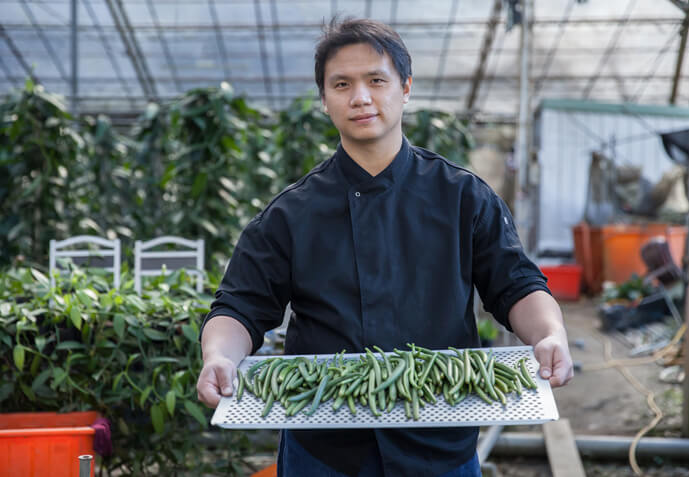
In 2007, the Taoyuan Agricultural Research and Extension Station introduced Vanilla Planifolia to Taiwan, initiating research into the plant’s cultivation potential in the local environment. The station dedicated significant time and resources to developing cultivation techniques suitable for Taiwan, including shading ratios, irrigation frequency, and pest control. These research findings were later transferred to local farmers, allowing vanilla cultivation to take root in Taiwan.
Among these efforts, the founder of the Vanilla Farmer brand, Wei Cheng-Lin, began cultivating Vanilla Planifolia in 2012. Not only did they study local techniques, but they also traveled to vanilla’s native regions, such as Madagascar and Indonesia, to learn from the source. Combining traditional and modern methods, they utilized specialized fermentation machines to significantly enhance vanilla bean quality. Today, Taiwan has successfully cultivated high-quality vanilla beans and is gradually gaining recognition in both domestic and international markets, marking a proud agricultural achievement.
How to Use Vanilla?
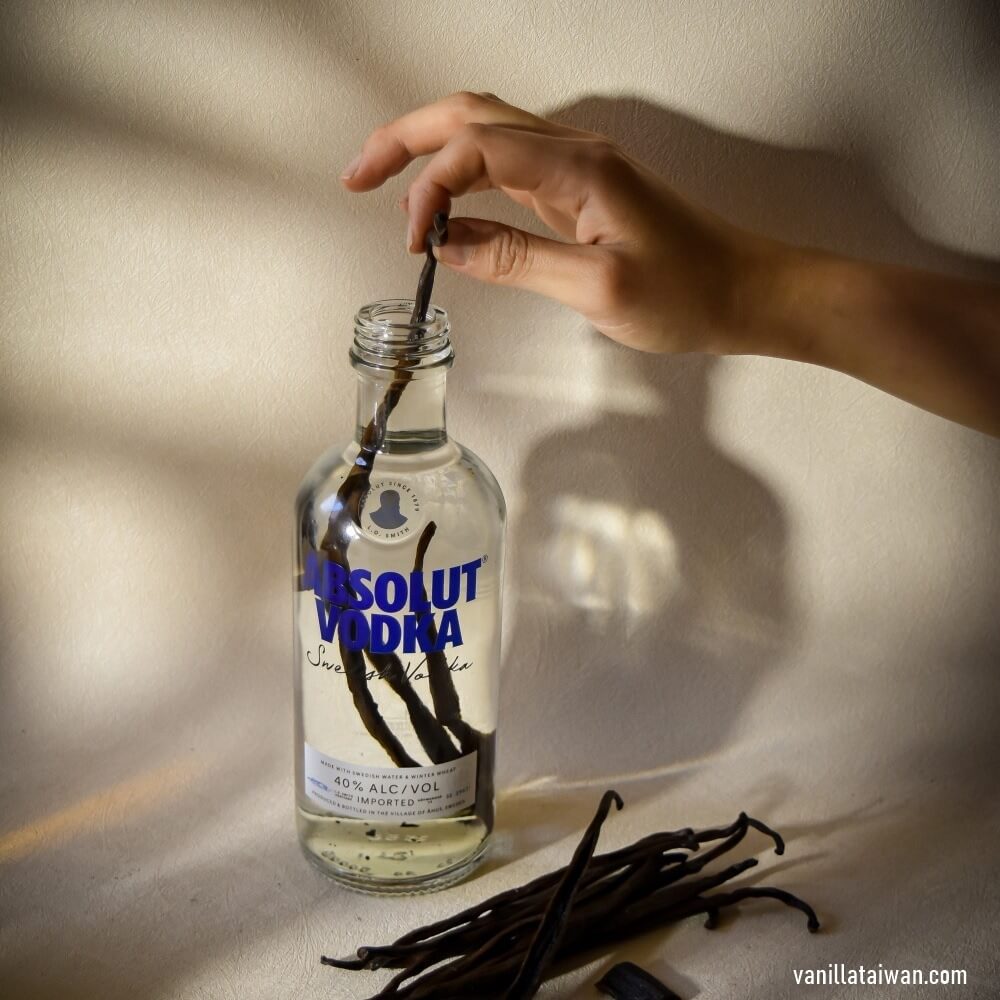
Common Vanilla Products and Their Uses
- Vanilla Beans: Ideal for making desserts, ice cream, cream sauces, and more. (Click here forVanilla Recipes)
- Vanilla PowderVanilla Powder: Convenient and commonly used in baking and beverages. (Click here to learn aboutVanilla Powder)
- Vanilla Extract and Vanilla PasteVanilla Extract and Vanilla Paste: Convenient choices for everyday seasoning. (Click here to learnhow to make vanilla extract)
- Vanilla Sugar and Vanilla Salt: Elevate the complexity of your dishes. (Click here to learnhow to make vanilla sugar)
Practical Tips for Using Vanilla
- Storage: Vanilla beans should be stored in a dry, airtight environment to prevent moisture and mold growth.
- Usage Tips: Vanilla pairs best with sugar and fats, such as butter, milk, or egg yolks, to release its aroma more effectively.
How to Use Vanilla Beans? Learn from Baking Experts
Tips for Selecting and Storing Vanilla
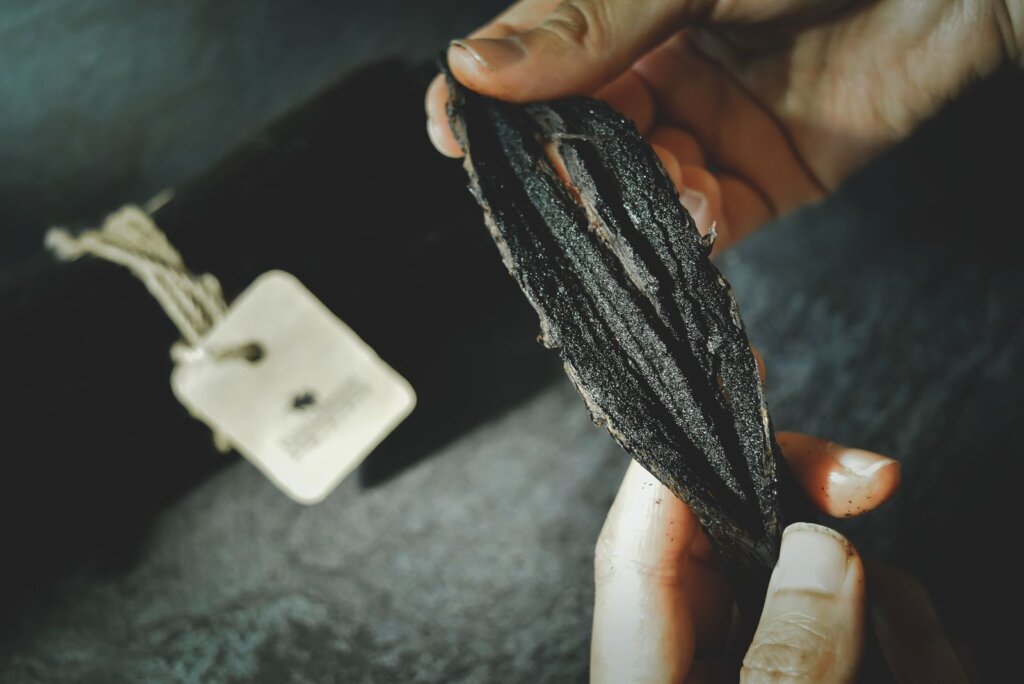
How to Select High-Quality Vanilla Products
High-quality vanilla beans should be soft, glossy, and have a strong aroma. Avoid beans that are dry, hard, or excessively cracked.
How to Choose Good Vanilla Beans? 3 Key Points to Judge Quality
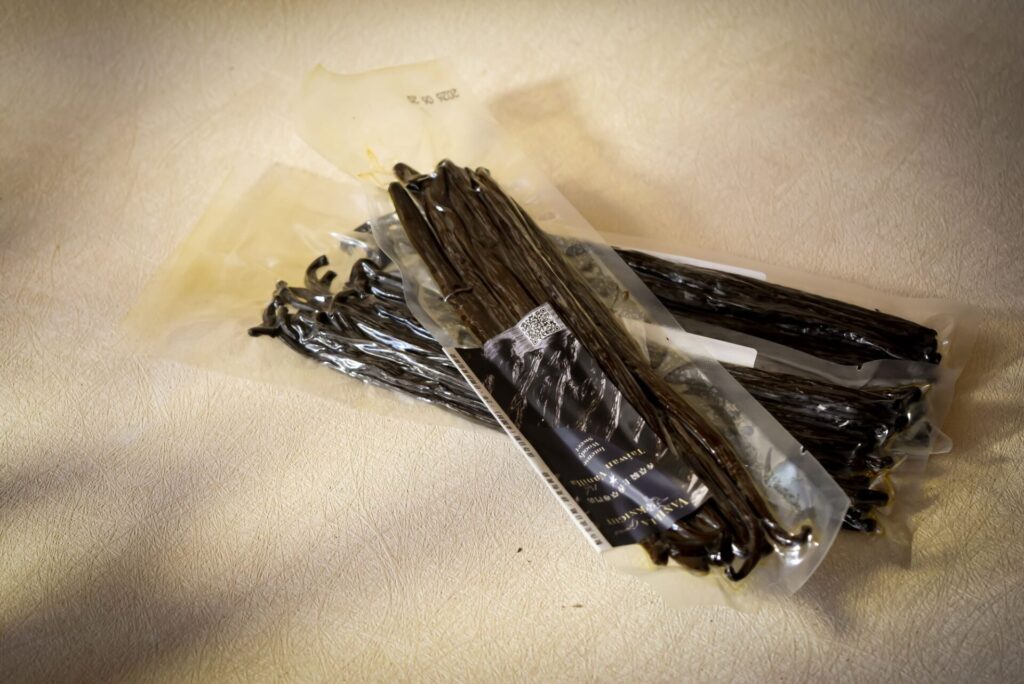
How to Store Vanilla Products
Vanilla beans should be sealed or vacuum-packed and stored in a cool, shaded place to avoid high temperatures and direct sunlight. Extracts should be kept in a dark, dry environment to extend their shelf life.
Vanilla beans should not be refrigerated. High humidity in the fridge can seep through the packaging over time, leading to mold growth. Vacuum-sealed storage at room temperature is ideal. If you cannot use them quickly, freezing is better than refrigerating.
Common Questions About Vanilla
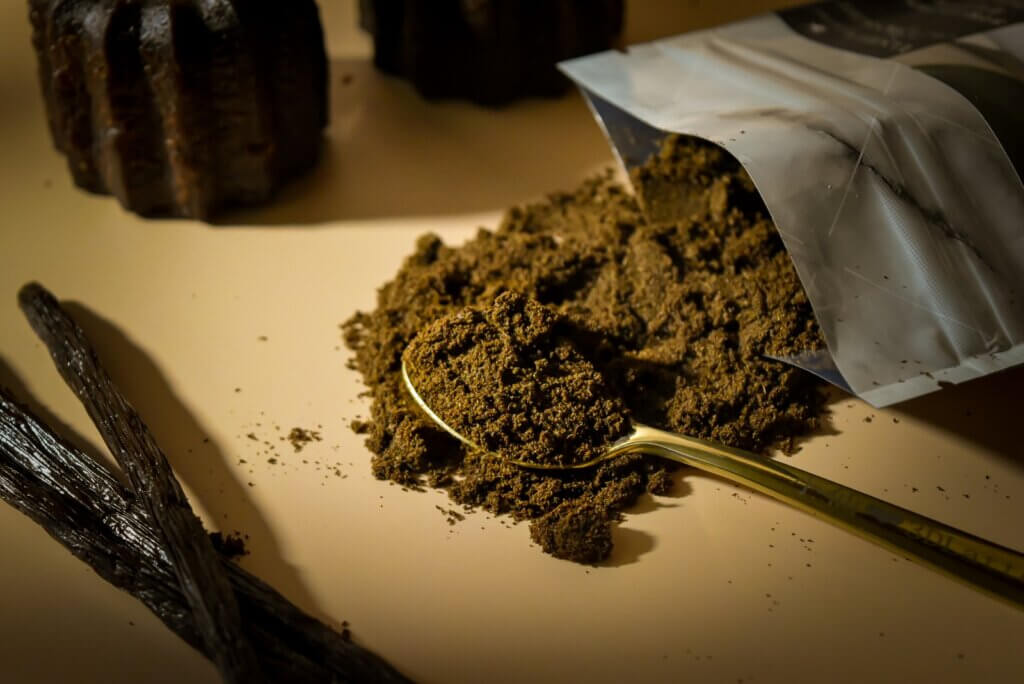
Why Is Vanilla So Expensive?
Vanilla is known as the world's second most expensive spice (after saffron) due to its labor-intensive cultivation and processing. The flowers of Vanilla Planifolia bloom for only 12 hours, requiring hand pollination. The pods take 8–9 months to mature and must be cured for several months to develop their aroma. Additionally, climate change and cultivation risks contribute to vanilla's high price.
What Is Vanilla? Where Does It Come From?
Vanilla is a natural flavor extracted from the pods of Vanilla Planifolia, an orchid species. Originally native to the tropical rainforests of Mexico, it was first used by the Totonac people. Today, Madagascar, Indonesia, and Tahiti are the world's largest vanilla producers.
Is Vanilla Grown in Taiwan?
Yes! Farmers in Taiwan have successfully cultivated Vanilla Planifolia, particularly in central and southern Taiwan. Due to favorable climate conditions, a vanilla cultivation industry has gradually developed, supplying the local market and high-end dessert shops.
Is Taiwanese Vanilla Good?
The quality of Taiwanese vanilla varies depending on the processing conditions. Different farmers' methods and techniques influence the final flavor and quality of the vanilla. Some farmers have successfully produced vanilla close to the standards of Madagascar or Tahiti, with a rich and layered aroma. However, each farmer's vanilla has its unique flavor, so consumers are encouraged to compare and find the one they love most. This diversity is one of the charms of Taiwanese vanilla, offering more options and personalized characteristics to the local market.
════ 香草農夫(香草騎士) – 香草莢專門店 ════
埔里門市
地 址:南投縣埔里鎮中山路一段241-2號
電 話:049-2992276
營業時間:AM10:00~PM18:00(無公休、臨休詳見公告)
線上購物:香草騎士(香草農夫) – 香草莢專門店

